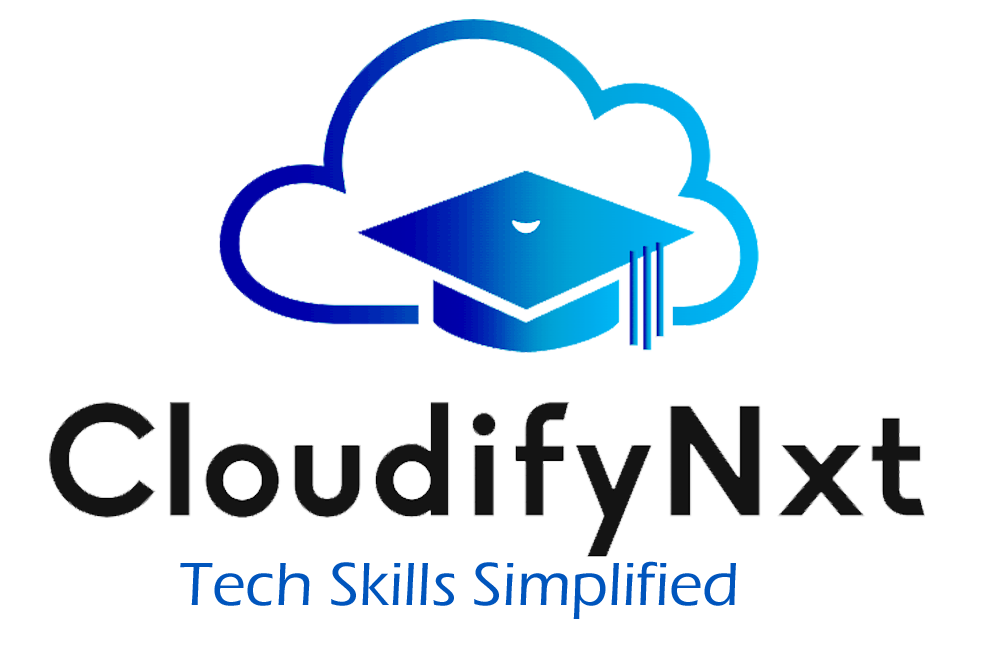
How Much Time Will It Take to Learn Data Science? A Comprehensive Guide
Contents
- 1 Introduction: Data Science – A Field in High Demand
- 2 Factors Influencing How Much Time It Takes to Learn Data Science
- 3 Typical Timeline to Learn Data Science
- 4 How to Speed Up Your Data Science Learning Journey
- 5 Is Data Science a Full-Time Commitment?
- 6 Conclusion: How Long Does It Take to Learn Data Science?
Introduction: Data Science – A Field in High Demand
Data Science is one of the most rapidly growing fields globally. With industries relying more on data-driven decision-making, the demand for data scientists continues to rise, making this a lucrative career path for many. But a common question for newcomers is: How much time will it take to learn data science? The time it takes to become proficient in data science can vary significantly based on your starting point, learning approach, and dedication.
In this article, we’ll discuss the factors that influence your learning timeline, break down the stages of becoming a data scientist, and provide a realistic roadmap for acquiring data science skills effectively.
Factors Influencing How Much Time It Takes to Learn Data Science
Before diving into the specific timeline, it’s important to understand what influences the time it will take you to learn data science. Several key factors will play a role in how quickly you can build your skills:
-
Your Prior Knowledge: If you have a background in programming, mathematics, or statistics, your learning curve may be shorter. If you’re starting from scratch, it will take longer to master the foundational concepts.
-
Learning Approach: Are you studying through an online course, a bootcamp, or self-learning through resources like books and videos? Structured programs may accelerate your learning.
-
Time Commitment: How much time can you dedicate to learning daily or weekly? Full-time learning will lead to faster results compared to part-time learning.
-
Learning Resources: The quality of the learning resources you choose will significantly affect how efficiently you learn. Interactive platforms or mentorship-driven programs can be more effective.
Typical Timeline to Learn Data Science
While there’s no one-size-fits-all answer, we can break down the learning process into different phases, from beginners to advanced levels, to give you an approximate timeline. This timeline assumes consistent dedication to your studies.
Phase 1: Foundation Building (0 to 3 Months)
At the beginner level, your primary focus will be understanding the basic concepts of programming, statistics, and data manipulation.
Key Topics:
-
Python Programming: Since Python is the most popular language in data science, learning its syntax and libraries such as NumPy, Pandas, Matplotlib, and Seaborn will be essential.
-
Mathematics and Statistics: Fundamental knowledge in probability, statistics, and linear algebra is crucial. Understanding distributions, hypothesis testing, and basic statistical concepts forms the backbone of data science.
-
SQL for Data Extraction: Knowing how to work with databases using SQL is a must for accessing, manipulating, and querying data.
Time Estimate:
-
Beginner Level (0 to 3 months): This phase is essential for building your foundational skills, especially if you have limited experience in programming or math.
Phase 2: Exploring Data and Basic Machine Learning (3 to 6 Months)
Once you have a basic understanding, you can start exploring data analysis and diving into machine learning concepts. This stage involves hands-on learning and applying your foundational skills to real-world problems.
Key Topics:
-
Data Cleaning and Preprocessing: Learn how to handle missing data, normalize datasets, and prepare data for analysis. This is a critical step for working with real-world data.
-
Exploratory Data Analysis (EDA): You will learn how to analyze and visualize data to uncover patterns, trends, and relationships between variables.
-
Basic Machine Learning Models: Learn how to implement simple machine learning algorithms, such as:
-
Linear regression
-
Logistic regression
-
K-means clustering
-
-
Model Evaluation: Understand performance metrics like accuracy, precision, recall, and F1 score to evaluate the effectiveness of your models.
Time Estimate:
-
Intermediate Level (3 to 6 months): This phase is about becoming comfortable with data analysis tools and basic machine learning models.
Phase 3: Advanced Topics and Specialization (6 to 12 Months)
As you continue to grow in your understanding of data science, you can begin exploring more advanced topics and techniques. This stage typically involves learning deep learning, working with big data tools, and diving into specialized areas like natural language processing (NLP).
Key Topics:
-
Deep Learning: Learn about neural networks and frameworks like TensorFlow and Keras. Understanding Convolutional Neural Networks (CNNs) and Recurrent Neural Networks (RNNs) will be important for advanced tasks like image recognition and sequence prediction.
-
Natural Language Processing (NLP): NLP is essential for working with text data. Learn about text mining, word embeddings, and sentiment analysis.
-
Big Data and Cloud Computing: Tools like Apache Spark, Hadoop, and cloud platforms like AWS and Google Cloud are essential for working with large-scale datasets.
-
Model Deployment: Learn how to deploy your machine learning models using frameworks like Flask, Django, or Docker.
Time Estimate:
-
Advanced Level (6 to 12 months): In this stage, you will be able to tackle complex data science projects and build robust models. This phase may take longer depending on your learning pace and the complexity of topics you choose to specialize in.
How to Speed Up Your Data Science Learning Journey
While data science is a broad field, there are several ways to speed up your learning process:
-
Set Realistic Goals: Break down your learning path into small, achievable milestones. This way, you can track your progress and stay motivated.
-
Hands-On Practice: Apply what you learn to real-world projects and datasets. Participating in Kaggle competitions or working on open-source projects can significantly boost your skills.
-
Join Data Science Communities: Participate in communities and forums like Stack Overflow, Reddit’s Data Science community, or LinkedIn groups to engage with others, solve problems, and get advice.
Is Data Science a Full-Time Commitment?
If you want to accelerate your learning, you can opt for bootcamps or intensive courses. These structured programs typically last between 3 to 6 months and provide hands-on experience with real-world problems. However, if you prefer a self-paced learning path, it may take longer to reach the same level of expertise.
-
Bootcamps: These programs offer a fast-tracked learning process with a focus on practical skills. Full-time bootcamps typically take 12-24 weeks, while part-time bootcamps may take longer.
Conclusion: How Long Does It Take to Learn Data Science?
The time it takes to learn data science depends on your background, learning style, and goals. Generally, it can take anywhere from 6 months to a year to acquire solid skills in data science and machine learning. If you’re looking to specialize in more advanced topics, such as deep learning, NLP, or big data technologies, expect your learning journey to extend further.
The most important thing is to stay consistent with your learning, apply what you’ve learned through projects, and continuously improve your skills. By following a structured learning path and utilizing the best resources, you can successfully embark on your data science career.
